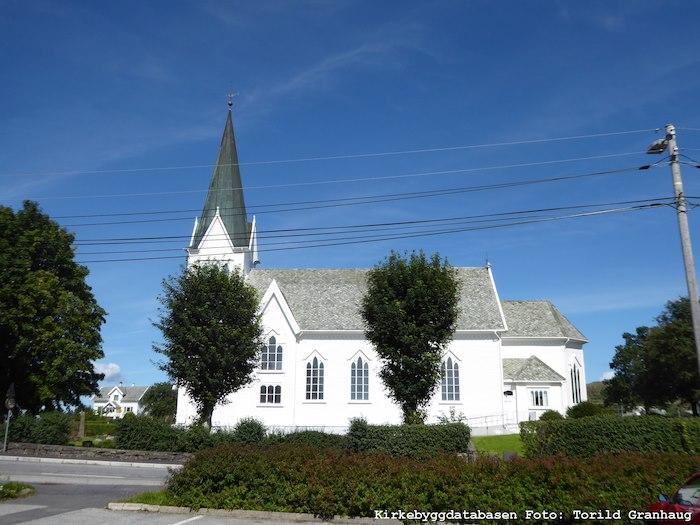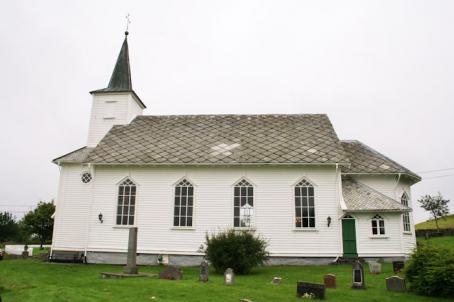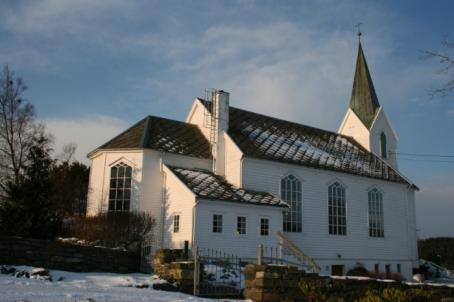Manger Church
The church of Manger is a long church from 1891. The present church is the fourth church in the village. Previously there was a stave church probably built in the 12th century, a wooden church from the early 17th century and a stone church from 1743. The wooden church burned down, while the other two churches were demolished.
About this building
For more information visit on this building visit https://kirkesok.no/kirke/126000301






